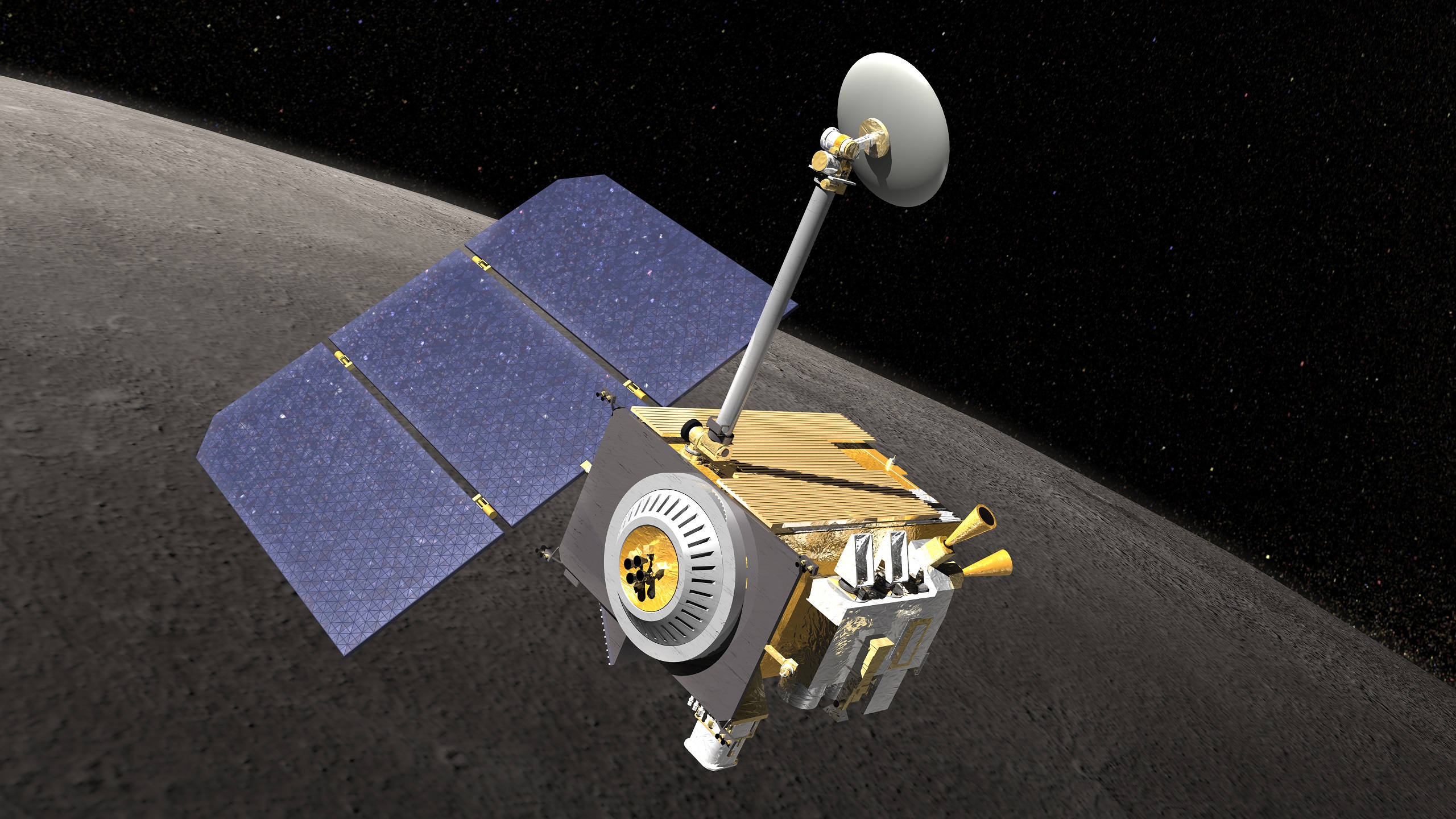Lunar_Reconnaissance_Orbiter_001 (2).jpg

One of the big questions about exploration of the Moon is whether it contains are valuable assets that can be mined. Water is a good bet. Ice has already been discovered and water can be split into oxygen and hydrogen which can be used for rocket fuel. Another good bet is helium-3 which is rare on Earth but common on the surface of the Moon. Research on fusion reactors for power generation suggests that helium-3 might be a good fuel. Now we have reports that there may be substantial quantities of metals to be mined.
The NASA Lunar Reconnaissance Orbiter (LRO) spacecraft carries a Miniature Radio Frequency (Mini-RF) instrument. A team of scientists using the device have found that there may be much more subsurface metals beneath the Moon’s surface that previously thought.
Some researchers think that this finding could require a revision of theories of the formation and evolution of the Moon. The current dominant theory says that there was a collision between the Earth and a Mars-sized object that produced in a cloud of debris. Gravitational forces drew the dust and debris together and formed the Moon.
This theory had been invoked to explain why the composition of the Moon seems so similar to that of the Earth. However, the lunar highlands that make up eighty percent of the Moon’s surface are covered with a bright silicate layer that appears to contain far less metal-bearing minerals than would be found on the surface of the Earth. On the other hand, the darker areas and plains or “maria” of the lunar crust which were formed by volcanic processes seem to have more metals that expected.
The Mini-RF instrument on the NASA’s Moon Orbiter discovered that beyond a certain size, the bigger the crater, the more the material it contained was able to transmit electric fields. This is property is known as the “dielectric constant”. Scientists say that there is a direct connection between this constant and the concentration of metal minerals including iron and titanium oxides. However, craters that are between three and twelve miles wide do not show such a change in the dielectric constant.
Essam Heggy is the co-investigator of the Mini-RF experiments at the University of Southern California and also the lead author of a paper published in Earth and Planetary Science Letters last week. He issued a statement that said, “It was a surprising relationship that we had no reason to believe would exist.”
The hypothesis of the NASA scientists formed to explain these experimental results is that meteors excavated metals from below as they punched craters into the lunar surface. If they are right, there are huge deposits of useful metals buried a few hundred yards beneath the surface of the Moon. In fact, the deeper we dig into the Moon, the more iron and titanium oxides we will find.
Noah Petro is the LRO project scientist at NASA’s Goddard Space Flight Center, but he was not involved in the research. He said, “This exciting result from Mini-RF shows that even after 11 years in operation at the Moon, we are still making new discoveries about the ancient history of our nearest neighbor.”
Noah Petro, LRO project scientist at NASA’s Goddard Space Flight Center, who was not involved in the research, said in the newer statement. “The MINI-RF data is incredibly valuable for telling us about the properties of the lunar surface, but we use that data to infer what was happening over 4.5 billion years ago!”